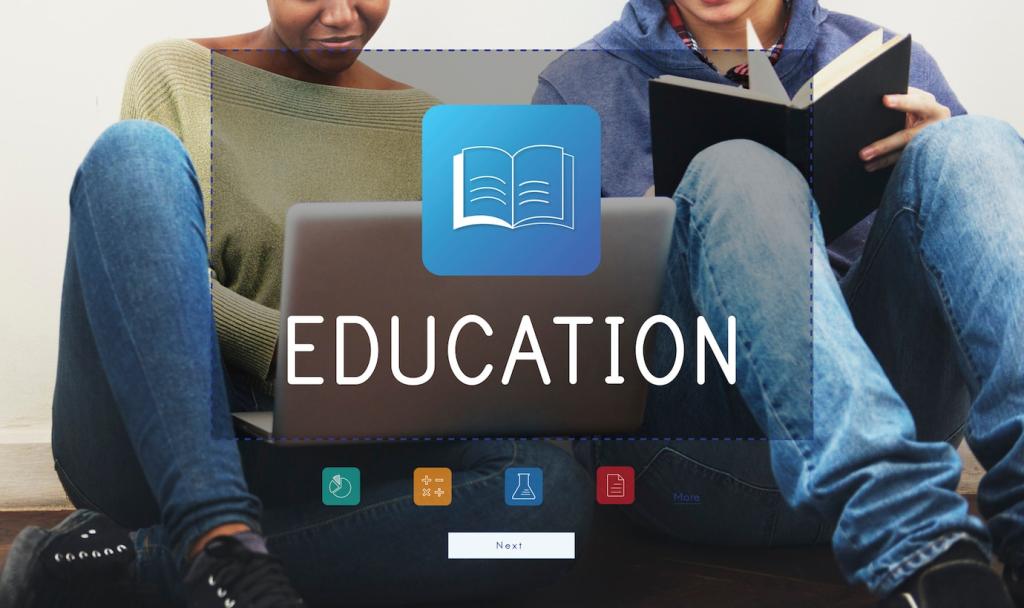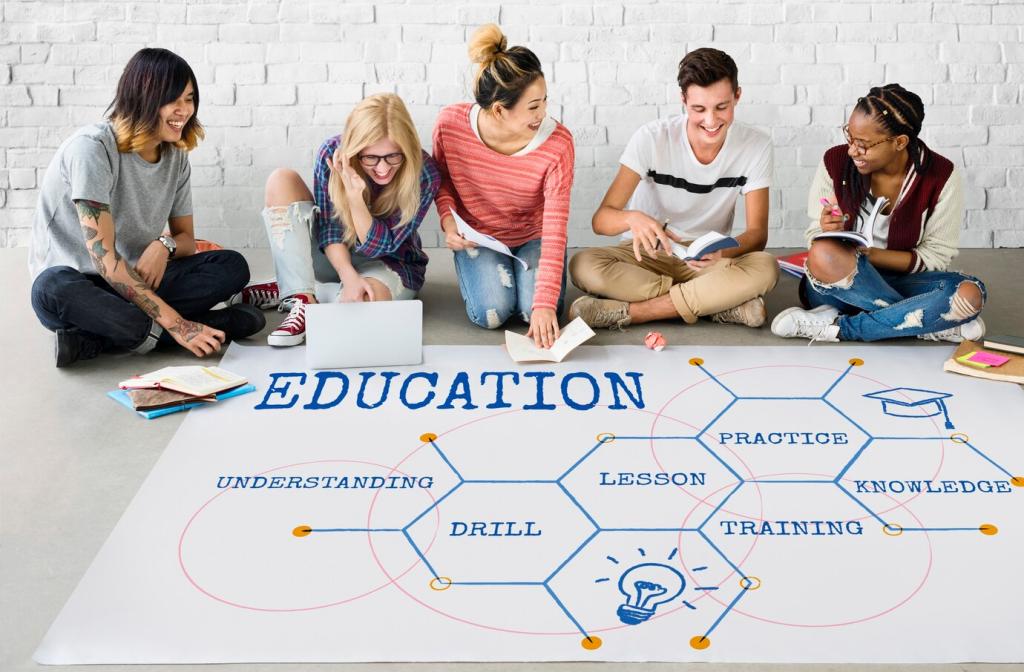Spark Classrooms with Innovative IT Lesson Plans
Chosen theme: Innovative IT Lesson Plans. Reimagine your teaching with bold, student-centered activities that blend creativity, real-world relevance, and joyful rigor. Join our community of educators experimenting, reflecting, and sharing what works—subscribe for fresh ideas and tell us which lesson you’ll try first.


Design Thinking for Student-Centered Apps
Begin by guiding students to interview classmates, teachers, or community members about a real problem. Have them create empathy maps capturing pains, gains, and tasks. When learners hear lived experiences, their app ideas become sharper, kinder, and far more relevant—share your favorite question prompts with us.
Design Thinking for Student-Centered Apps
Move from sticky notes to tappable mockups using tools like Figma, MIT App Inventor, or Glide. Encourage ugly-first drafts and fast feedback cycles. Students will discover that imperfect sketches beat perfect intentions. Want our classroom-tested prototype checklist? Subscribe and comment “prototype” so we can send it.



Gamified Coding Journeys That Stick
Frame each lesson as a quest within a shared story world. Award experience points for clean code, helpful peer support, and reflective comments. One ninth grader told us she opened her editor early just to unlock a side quest—share your best theme idea to inspire others.

Cross-Curricular Creativity: Code Meets Art and Music
Have students script patterns that evolve with inputs like mouse position or time. Discuss algorithms as brushstrokes. A quiet student once lit up when her pixel garden responded to beats—share your class’s proudest generative art moment so others can celebrate it.
Cross-Curricular Creativity: Code Meets Art and Music
Use tools such as Sonic Pi or EarSketch to program rhythms, melodies, and effects. Students learn sequencing, functions, and timing while crafting music they love. Ask them to annotate their code like a score. Comment if you’d like a beginner-friendly lesson arc for musical coders.
Cross-Curricular Creativity: Code Meets Art and Music
Guide learners to build branching narratives with Twine or simple web pages. Every choice calls functions, variables track state, and endings reveal complexity. Encourage peer playtesting for clarity and delight. Subscribe to receive our rubric that balances storytelling and technical rigor.

AI Literacy with Transparent Datasets
If students explore machine learning, have them document dataset sources, potential biases, and intended use. Encourage small, interpretable models over opaque complexity. Ask them to write a model card in plain language. Want a student-friendly template? Say “AI card” in the comments.

Privacy by Design
Teach learners to minimize data collection, store nothing sensitive by default, and offer clear consent flows. Role-play as different stakeholders and surface trade-offs. When students think like stewards, their apps earn trust. Share how you teach privacy so we can compile community wisdom.

Accessibility as a Creative Constraint
Challenge teams to meet accessibility needs from the first sketch: keyboard navigation, high contrast, captions, and alt text. Treat constraints as gateways to better design, not hurdles. Subscribe to get our accessibility quick-check cards for student design reviews.
Assessment That Celebrates Process
Design rubrics where points recognize experimentation, reflection, and resilience. Students should feel safe trying bold ideas without fear of failure. Ask them to annotate commits explaining risks taken. Comment if you’d like our adaptable rubric aligned to creative computing standards.
Assessment That Celebrates Process
Introduce lightweight version control and portfolio curation. Students document progress with screenshots, diffs, and brief narratives. One class cheered when a shy teammate showcased her first merged pull request—subscribe for our portfolio prompts that make reflection feel natural.


